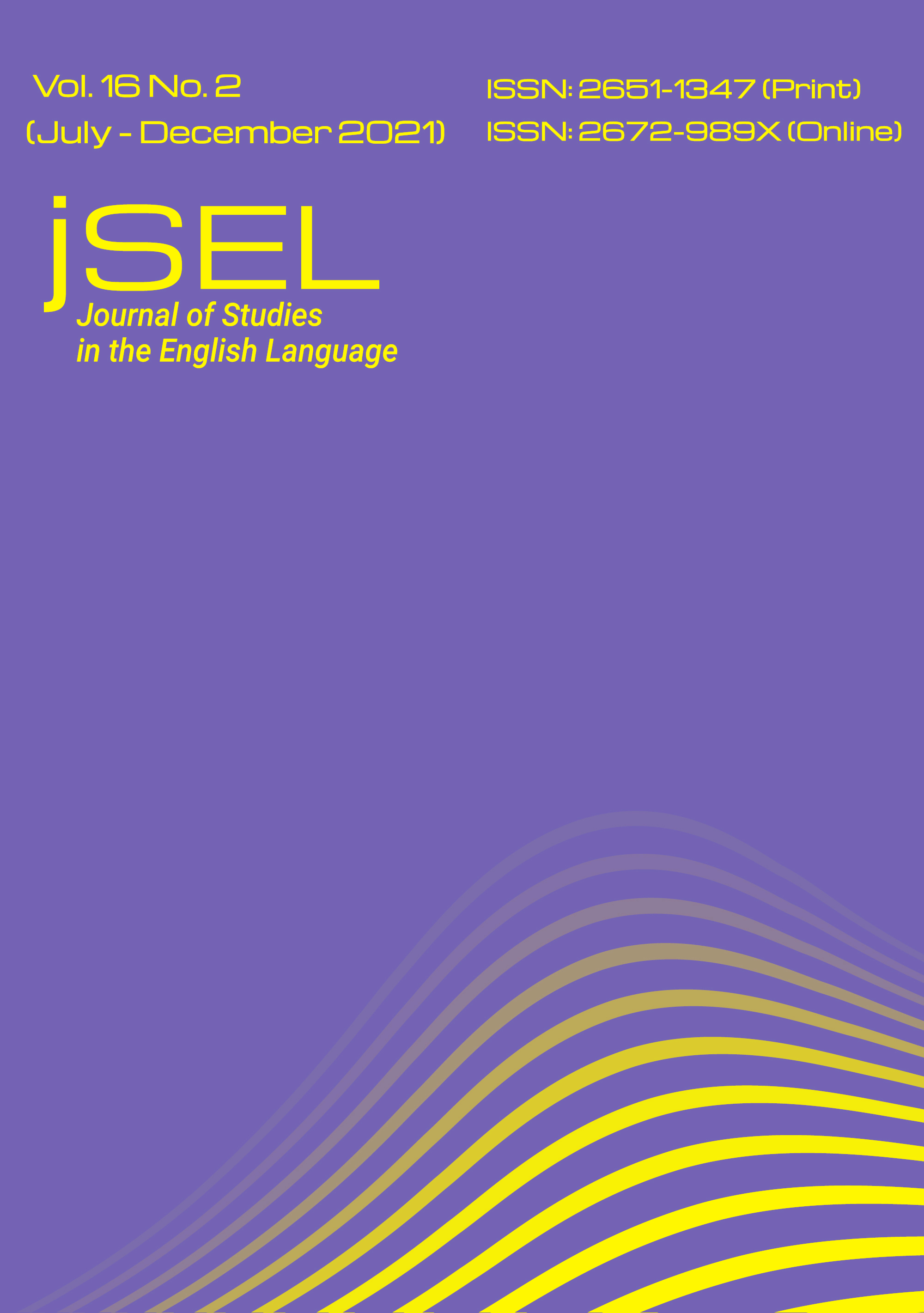Visions and Revisions: Reading Flannery O'Connor's “The River” as an Amendment to T. S. Eliot's Critique of Modernity
Main Article Content
Abstract
T. S. Eliot and Flannery O’Connor are known as critics of modernity. A comparison, via close reading, of “The Love Song of J. Alfred Prufrock,” the work that established Eliot’s reputation as the poet who captures the emptiness of modern life, and one of O’Connor’s most remarkable short stories, “The River,” reveals that the similarities between the two writers’ critiques go far beyond a common dislike of contemporary society. “The River” can be read as O’Connor powerfully employing and reaffirming all of the specific elements of Eliot’s anti-modern lament: Her story, like the poem, portrays a world where people are faceless, uncaring masses that don’t connect yet constantly judge, inducing anxiety and paralysis in the protagonist. “The River” furthermore aligns with “Prufrock” by linking superficial modern culture to the city and showing a loss of meaning, sincerity, and belief that leads the respective protagonists to feel that they do not matter. However, O’Connor does not simply apply Eliot’s ideas; her critique of modernity, while agreeing with the poet’s principles, is arguably both more radical and more effective. Whereas the modern tedium—the endless repetition of trivial tasks—never ends for Prufrock, O’Connor’s child-protagonist Bevel manages to escape it by drowning, and the readers being urged to accept this, in the logic of the narrative, as a triumph, can be seen as a more consequential attack on modern life than Eliot’s.
Article Details
References
Anderson, G. K., & Walton, E. L. (1939). This generation: A selection of British and American literature from 1914 to the present with historical and critical essays. Scott, Foresman.
Benjamin, W. (2007). The work of art in the age of mechanical reproduction. In W. Benjamin, Illuminations (pp. 217-252). Schocken.
Blair, W., Hornberger, T., & Stewart, R. (1966). The literature of the United States (3rd ed., Vol. 2). Scott, Foresman.
Brooks, C., & Warren, R. P. (1964). Understanding poetry (3rd ed.). Holt, Rinehart and Winston.
Drew, E. (1949). T. S. Eliot: The design of his poetry. Scribner’s.
Eliot, T. S. (1998). The love song of J. Alfred Prufrock. In P. Lauter et al. (Eds.), The Heath anthology of American literature (3rd ed., Vol. 2, pp. 1399-1403). Houghton Mifflin.
Hart, J. D. (1986). The concise Oxford companion to American literature. Oxford University Press.
Heiney, D. (1958). Recent American literature. Barron’s Educational Series.
Kirk, R. (1995). The sword of imagination: Memoirs of a half-century of literary conflict. William B. Eerdmans.
Matthiessen, F. O. (1959). The achievement of T. S. Eliot: An essay on the nature of poetry. Oxford University Press.
Menand, L. (1996). T. S. Eliot and modernity. The New England Quarterly, 69(4), 554–579.
Miller, J. H. (1965). Poets of reality: Six twentieth-century writers. Belknap.
O’Connor, F. (2016). The river. In F. O’Connor, A good man is hard to find (pp. 19-36). Faber.
Peede, J. P. (2007). Inside the church of Flannery O’Connor: An introduction. In J. H. McMullen & J. P. Peede (Eds.), Inside the church of Flannery O’Connor: Sacrament, sacramental, and the sacred in her fiction (pp. 1-13). Mercer University Press.
Perrine, L. (1983). Literature: Structure, sound, and sense (4th ed.). Harcourt Brace Jovanovich.
Prown, K. H. (1988). Flannery O'Connor, Fyodor Dostoevsky and the antimodernist tradition (Dissertation, College of William and Mary). https://doi.org/10.21220/s2-72wy-1z59
Riquelme, J. P. (1991). Harmony of dissonances: T. S. Eliot, romanticism, and imagination. The Johns Hopkins University Press.
Sartre, J. P. (1989). No exit and three other plays. Vintage.
Spurr, D. (1984). Conflicts in consciousness: T. S. Eliot’s poetry and criticism. University of Illinois Press.
Visser, I. (2016). What counts: Social drama and connectedness in Flannery O'Connor's “The river” and “Revelation.” Mosaic: An Interdisciplinary Critical Journal, 49(3), 143–158.
Wood, R. C. (2008). Literature and theology. Abingdon.


